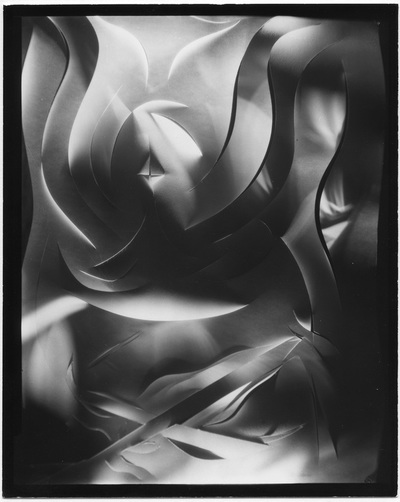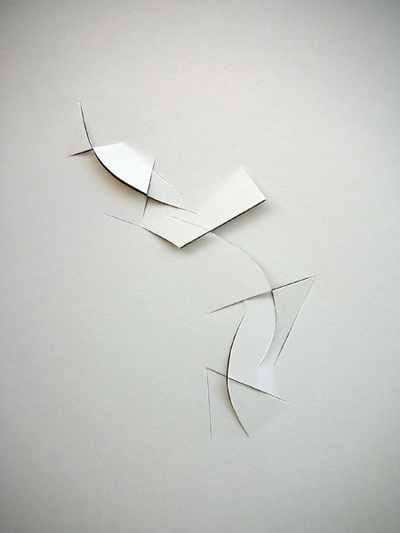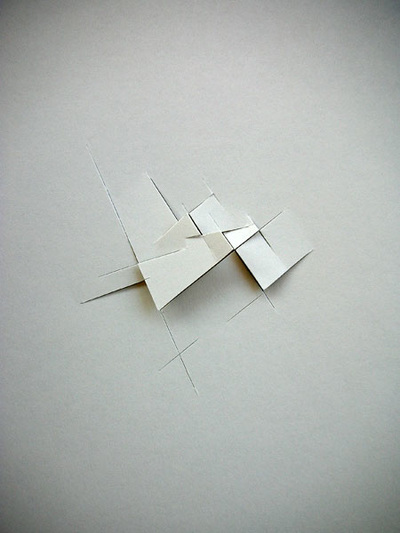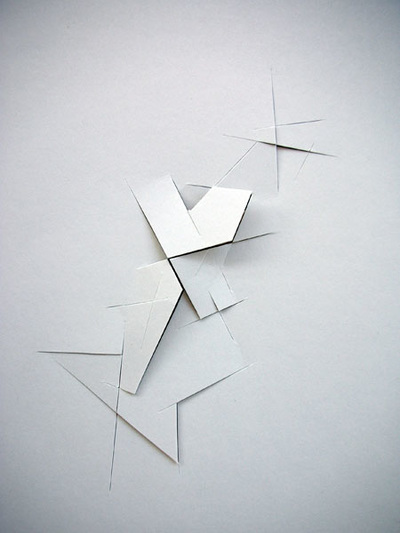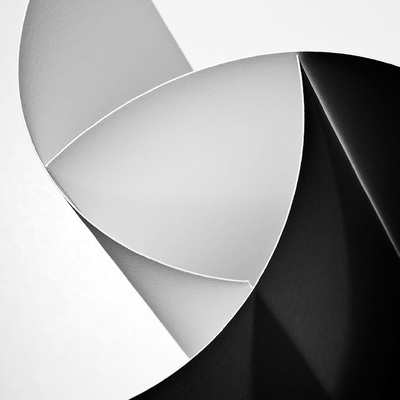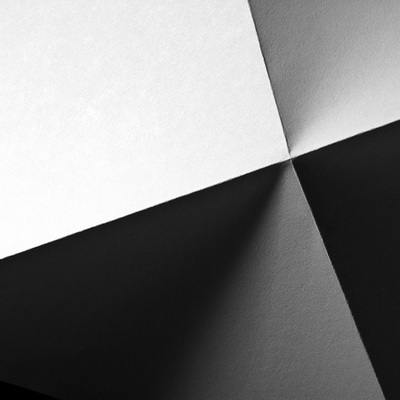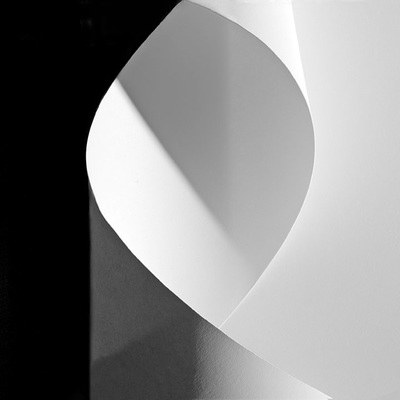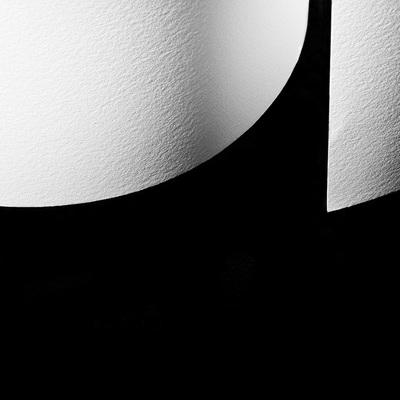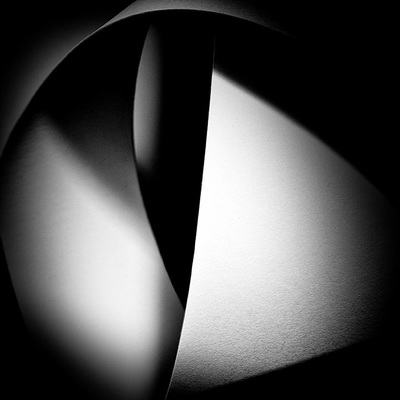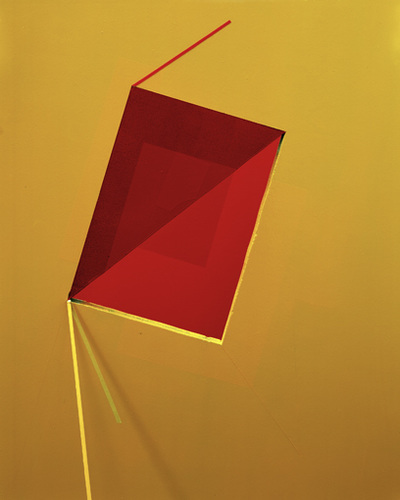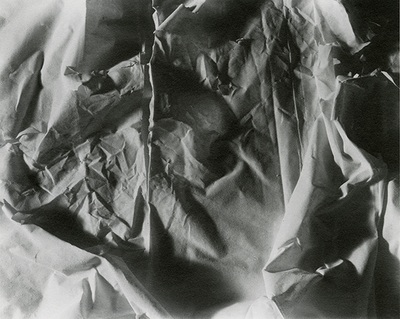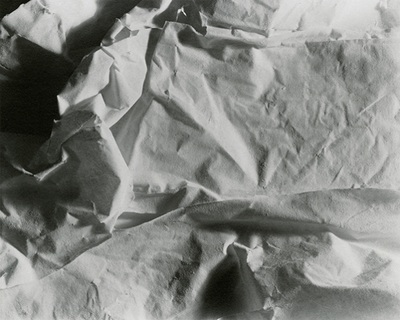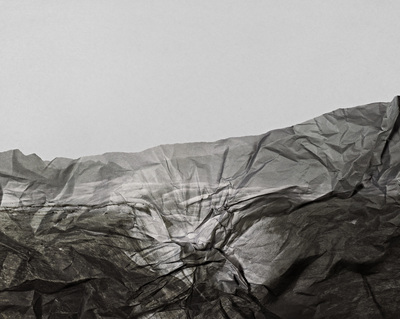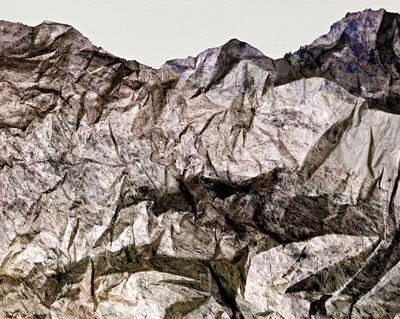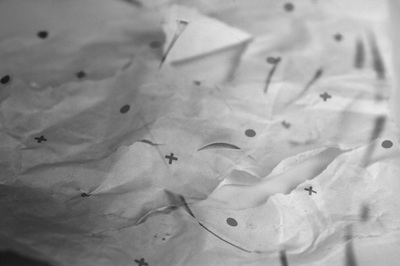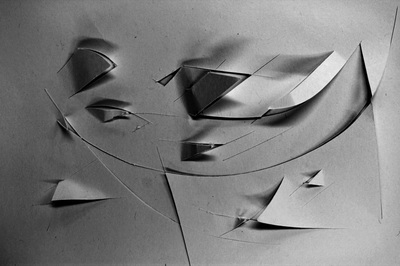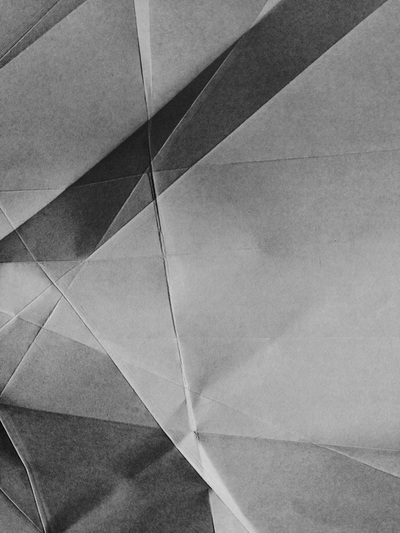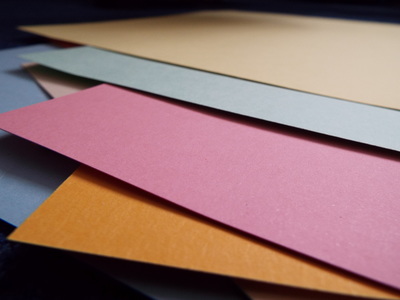A Level lesson plan:
Exploring abstraction in photography with Francis Bruguière, Jaroslav Rössler and others.
From Jon Nicholls, Thomas Tallis School
The relationship between photography and abstraction is fascinating. Unlike other visual art forms which begin with a blank space or surface that has to be filled by the artist, photography begins with a world full of information. The conventional job of the photographer is to select and capture a small portion of reality in a relatively faithful manner. However, it could be argued that all art, including photography, is essentially abstract. Photographs are versions of reality. They are flat. They have edges. Photographs are artful selections. They are silent. In the early years of photography, certain artists understood this aspect of the medium and emphasised the abstract qualities of photographs and the disinterested eye of the camera. This tradition of abstraction in photography continues to the present day.
The enemy of photography is the convention, the fixed rules of 'how to do'. The salvation of photography comes from the experiment.
-- Laszlo Moholy-Nagy
What lives in pictures is very difficult to define... it finally becomes a thing beyond the thing portrayed... some sort of section of the soul of the artist that gets detached and comes out to one from the picture.
-- Francis Bruguière
I have used this activity with Year 12 photographers to encourage them to think about and experiment with non-representational images. I like the connection between the physical manipulation of paper and the composing of photographs. Students must consider many of the Formal Elements with a particular focus on the relationship between line, shape, form and light. Decisions about either photographing in black and white or colour can also be made independent of the need to make figurative images.
Abstract constructions
The following artists demonstrate what can be achieved with very simple materials - paper and light. Each of them seems more interested in the formal (abstract) elements of photography than in representing the subject naturalistically. In his entry in the Photographers Playbook (Fulford and Halpern, 2014), Denis Defibaugh suggests:
Make thirty-six unique, beautiful photographs of one piece of white bond paper. You may not cut or tear the paper, but you can fold it, roll it, or crumple it. Shoot on a white background in a studio with spotlights and soft light. Use colour filters on the spotlights, if you desire. There should be nothing else in the photographs but one piece of bond paper. Explore lighting and change the lighting for each photograph.
Francis BruguièreBruguière was an American photographer who moved to London in 1928 where he began to experiment with non representational photography. Of these, the cut paper abstractions are particularly beautiful. The photographer exploits the endlessly subtle qualities of both paper and light, manipulating both in order to create complex patterns of texture and form.
|
Jaroslav RösslerRössler was a Czech avant-garde photographer who became known for combining different styles of modern photography including cubism, futurism, constructivism, new objectivity, and abstraction. His photographs often reduced images to elementary lines and shapes, exploring the contrast of light and shade. He experimented with a wide range of techniques and processes including photograms and double exposures.
|
Vjeko SagerSager is a contemporary artist whose series 'Antimatter' combines cut paper abstractions reminiscent of those by Francis Bruguière with charcoal drawings. Whereas Bruguière's images explore dramatic contrasts of light and shade, Sager's photographs are much lighter in tone. The cuts in the paper are mostly located in the central section of the paper. They tend be to be shorter and straighter, producing subtle disruptions of the paper's surface that remind me of architects' models.
|
Jerry Reed"Over time, I have come to see that what motivates me is the result of my having redirected how I make images, turning from the externally directed position of witness to that of author. In so doing, I accept the entire authorship of the creative process from my creation of the paper sculpture to making of the fine art print. Paper Work, my current three-year project is comprised of twenty-six images. In my studio, I shaped two-dimensional art papers giving them edges and volumes, then lit them dramatically utilizing Fresnel lighting to emphasize their three-dimensional forms. Though ephemeral, my forms are preserved photographically."
Photographer Jerry Reed cites both Rössler and Bruguière as influences on his work. His objective and analytical approach to documenting visual effects may reflect his early career as a scientist. |
|
James WellingAlthough these images, entitled 'Abstract Photographs' resemble sheets of paper they are, in fact, made from filo (phyllo) pastry dough. The artist explains: "A lot of my work is intuitive and comes from just trying different things. With the money from the sale of my first aluminum foil photograph, I bought a wooden 8-by-10 camera and started photographing draped cloth. At the same time I was also photographing crumpled shards of dry phyllo dough. Without much premeditation, I combined the two, and sprinkled dough on the draped cloth. Against the dark fabric, the dough suggested, perhaps, torn book pages from the diary I’d photographed, or geological debris fallen from above." Welling has also experimented with other unlikely materials such as tinfoil, gelatin and ceramic tiles.
|
Brendan AustinBrendan Austin creates imaginary landscapes out of crumpled pieces of paper. He calls them 'Paper Mountains'. Austin examines what we mean by nature and the way humans have impacted upon it. "The isolated desert city running on oil generators, the mars like landscapes of a volcanic environment and the mountains made from paper all attempt to start a conversation concerning the loss of meaning and reality." The resulting images appear both recognisable as landscapes but also suggest a sense of artifice. Humble materials are made to carry an important message.
|
Example instructions
You could:
- Research the history of abstraction in photography. Check out the images on this Pinterest board. Watch this video discussion about the history of abstraction in photography. Watch this vodcast which explores some famous and not so famous examples of photographic abstraction.
- Write a short introduction explaining your understanding of abstraction in photography.
- Choose a quotation that helps you to think about the meaning of abstraction in art and photography.
- Find your own resources and document them on your web page or in your book with a description of what you have learned from them.
- Create a series of Galleries featuring the work of Francis Bruguière, Jaroslav Rössler, Vjeko Sager, Jerry Reed, Tamara Lorenz and James Welling including your understanding of their work in the context of abstraction.




